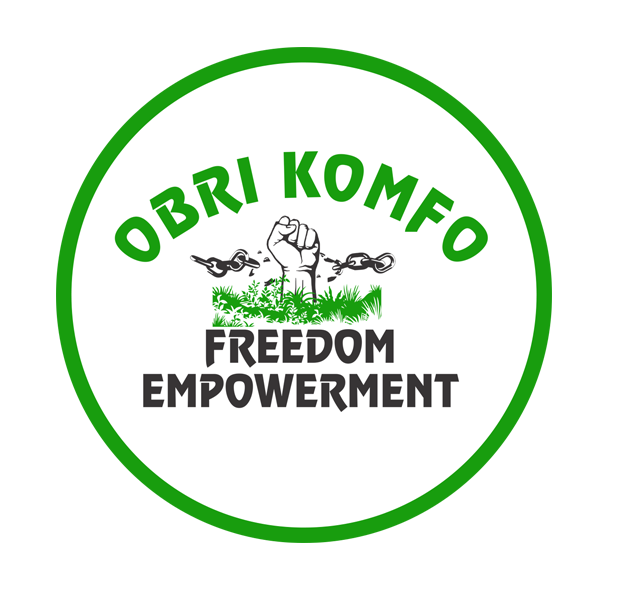Climate Change has been a global concern over the years. World leaders have made efforts to fight the climate crisis stemming as a result of human and industrial activities. The Afforestation drive bids to protect the environment and enhance climate conditions. The group engages the people in tree-planting activities to preserve forests and reclaim bare lands caused by bush burning and illegal mining activities. The group collaborates with the traditional and government authorities to undertake tree-planting exercises. Although Ghana’s contribution to climate change is relatively insignificant, we believe that our efforts will help combat the climate crisis in the long run. The Central, Eastern, Western, and Ashanti regions in Ghana have large deposits of mineral resources such as Gold, Bauxite, Timber, Diamond and many more. Communities in these regions have suffered the consequences of illegal mining, which include pollution of water bodies and the destruction of fertile lands. Our efforts seek to reclaim destroyed lands and also restore infertile farmlands in farming communities to improve livelihoods and promote climate health.
We plant the following trees in the forests where minerals resources are mined;
• Moringa oleifera Seeds were found to be particularly successful at removing colour, turbidity, and COD from water samples with diverse characteristics. However, as compared to acidic water, it is more effective in terms of basic qualities
• Eucalyptus tree is considered a natural purifier of water. Eucalyptus is a tree with a high transpiration rate (water loss), with long tap roots that suck up the water from the ground which could also dry up water bodies.
• Acacia trees nourish the soil by fixing nitrogen and restoring fertility. They give shelter and shade to farmers and animals while producing Acacia Gum. They are a sustainable resource, and their harvest increases the productivity of other cultivations and prevents desertification.
• Tectonic grandis (Teak), grows without artificial fertilizers and heavy irrigation, making it an eco-friendly choice.
• Rosewood trees can mitigate global warming impact through carbon sequestration.
• Coast Redwood trees can clean more carbon from the air and store it longer than any other tree. Coast redwood trees also play an important role in the water cycle helping to capture water from rain, and even fog, and trickle it down to streams where their roots help to trap sediment and improve water quality.
• Cassia fistula is a tree of deciduous forests ranging from tropical to moist through the subtropical forest zone.
• Gmelina arborea is useful as a firebreak because it suppresses undergrowth and its leaves decay rapidly. It is often planted as a windbreak and hedge. It has the potential for reforestation in dry forest regions. In tropical Asia roots, bark, leaves, fruits, and seeds are used in Hindu medicine
• Mahogany trees release the sulphur compound that can reduce the atmospheric warming led by greenhouse gases. It aids in increasing groundwater levels, counteracts soil erosion, and impacts the asphalted roads. Overall, mahogany contributes to a large degree to the entire ecosystem.

